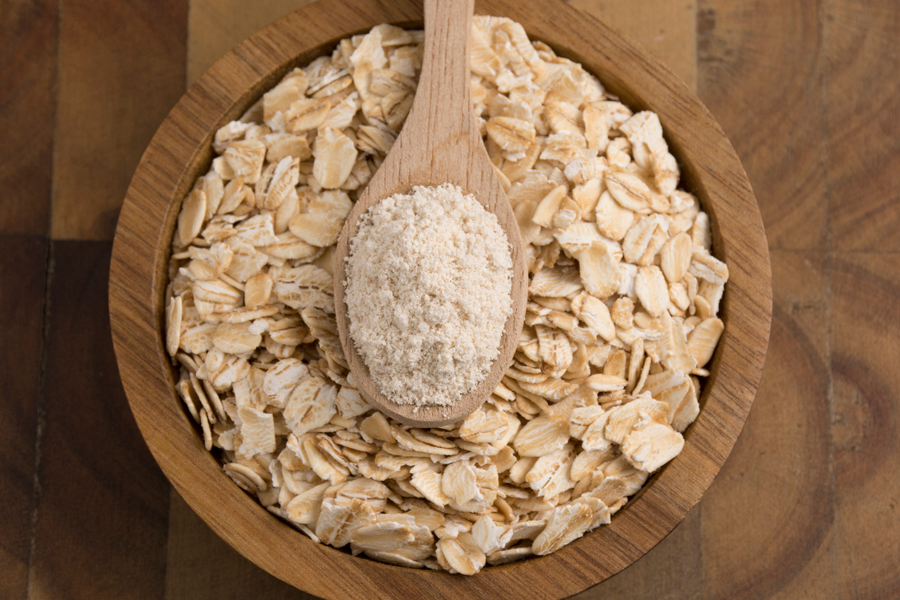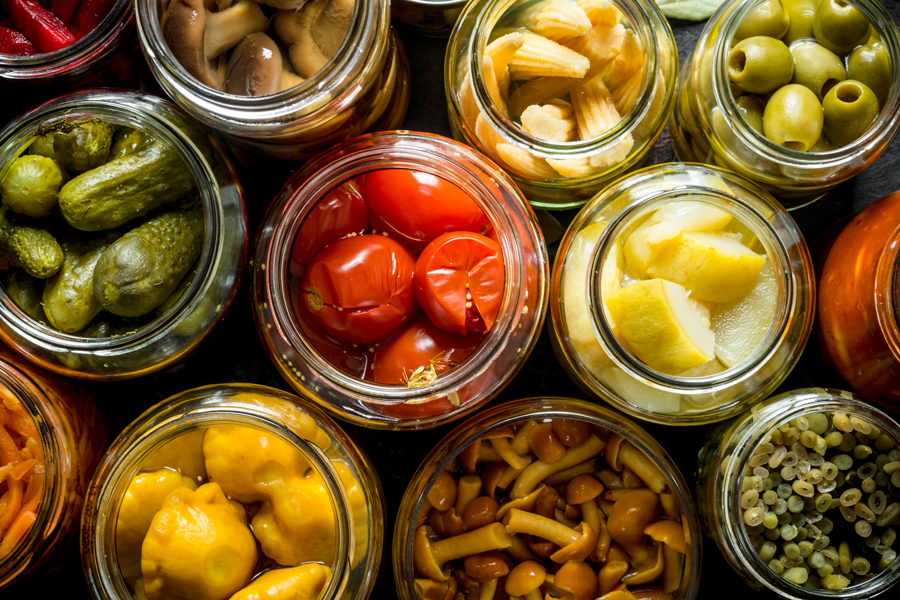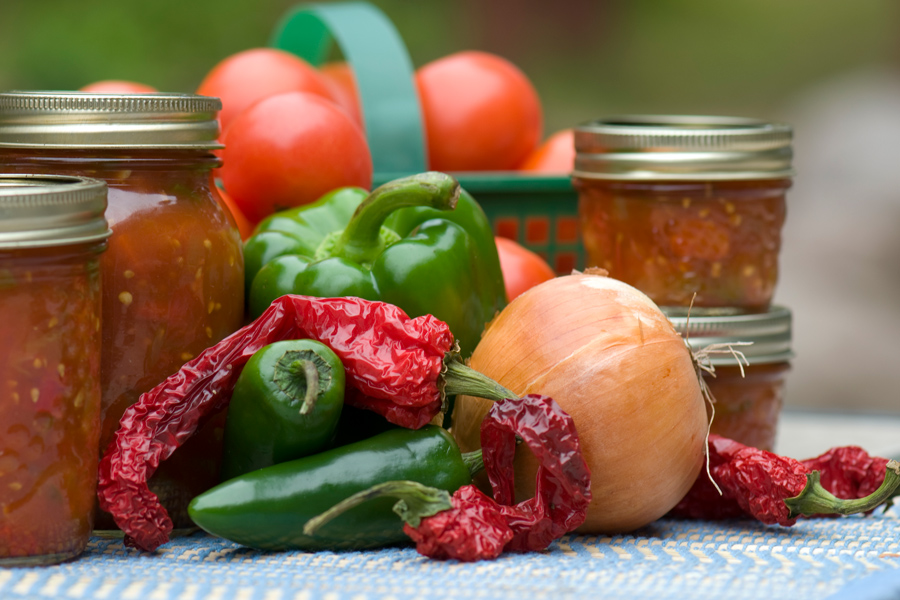Publications
Expert Resources: Food Science
Visit the Blog
Food Science and Technology Archives | CAES Field Report
 Food Science and Technology Archives | CAES Field Report
Food Science and Technology Archives | CAES Field Report
 Food Science and Technology Archives | CAES Field Report
Food Science and Technology Archives | CAES Field Report
 Food Science and Technology Archives | CAES Field Report
Food Science and Technology Archives | CAES Field Report
 Food Science and Technology Archives | CAES Field Report
Food Science and Technology Archives | CAES Field Report
 Food Science and Technology Archives | CAES Field Report
Food Science and Technology Archives | CAES Field Report

Posted by Hualu Zhou, Anthony Suryamiharja on Jul 2, 2025
Oat Okara: A Nutritious Byproduct of Oat Milk Processing

Posted by Kaitlyn Casulli on Jun 15, 2025
What is an Acidified Food, and How Can I Formulate One?

Posted by Kaitlyn Casulli on Jun 15, 2025
Producing Shelf-Stable Acidified Foods Using Hot-Fill-Hold

Posted by Kaitlyn Casulli on Jun 15, 2025
Preserving Acidified Foods Using the Hot-Fill-Hold Process

Posted by Hualu Zhou, Anthony Suryamiharja on Apr 20, 2025
Protein Showdown: Comparison of Plant-Based and Animal-Based Foods

Posted by Tim Coolong, Laurel Dunn, Andre Luiz da Silva, William Gay on Mar 12, 2025
Water Use and Irrigation Management for Vegetables in Georgia: Watermelon (Citrullis lanatus)

